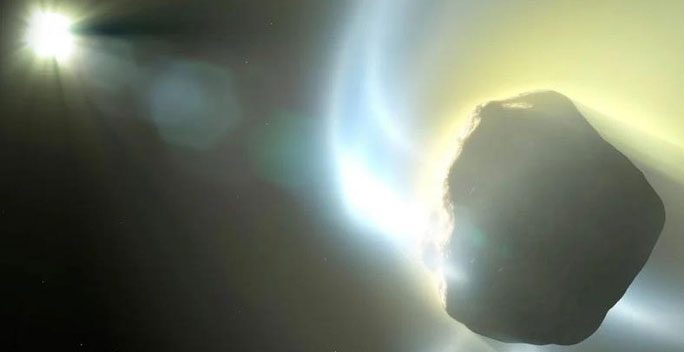German scientists have recreated a mysterious event from 4 billion years ago that helped our Earth harbor life.
The study, led by Dr. S.A. Krasnokutski from the astrophysics laboratory group at the Max Planck Institute for Astronomy and Friedrich Schiller University Jena (Jena, Germany), focused on peptides, which are smaller versions of proteins and are one of the fundamental building blocks necessary for life to exist.

4 billion years ago, the building blocks of life could have condensed right within cosmic dust clouds.
Amino acids are organic compounds that make up peptides. The new research has demonstrated that a chemical precursor in this group, known as amino ketene—which can form the amino acid glycine—can be produced under cosmic conditions, without the need for water.
According to Science Alert, the scientists used a vacuum chamber along with several substrates to simulate conditions in cosmic dust clouds, with a pressure of about 1/4 of normal atmospheric pressure and a temperature of minus 263 degrees Celsius. They proved that amino ketene could be formed directly in this strange environment.
Thus, 4 billion years ago, the building blocks of life could indeed have been condensed right within cosmic dust clouds before finding their way to Earth, rather than the initial materials that formed Earth already containing the seeds of life. This explains why, despite the planets in the Solar System sharing material, only our planet is confirmed to have life.
“The pathway for delivering biomolecule precursors formed by this chemical process to rocky planets in the ‘habitable zone’ of star systems could be a crucial factor in the origin of life,” the study published in Nature Astronomy concluded.





















































